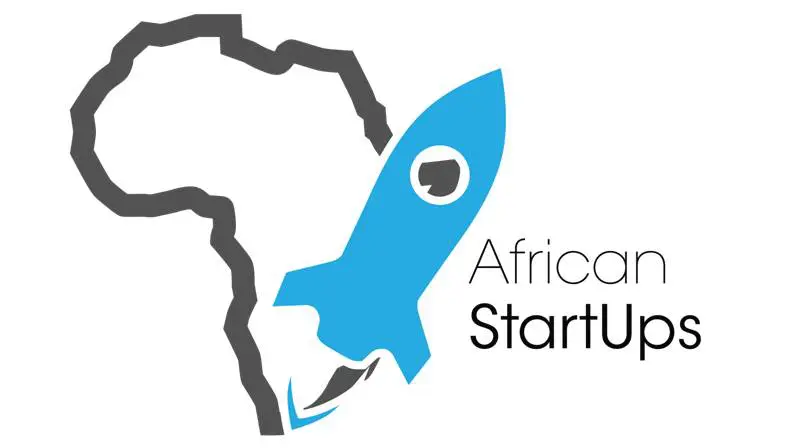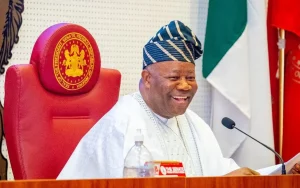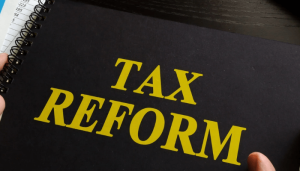African startups raised over $3 billion in funding in H1 2022
- The $3.1 billion raised in the first half (H1) of 2022 is more than the amount raised in H1’2021 and H1’2020 combined.
- 83% of that funding was raised by startups in Nigeria, Kenya, South Africa and Egypt.
In the first half of 2022, African startups raised $3.1 billion in funding, a figure which is more than they had raised in H1’2021 and H1’2020 combined.
This is according to findings from a new report by Africa: The Big Deal, a database tracking and sharing insights on start-up funding on the continent.
The data from the report revealed that 83% of that funding was raised by startups HQ’ed in one of Africa’s ‘Big Four’ – Nigeria, Kenya, South Africa and Egypt. “Startups in Nigeria, Kenya, South Africa, and Egypt have raised 83 per cent of all funding and signed 78 per cent of all $1 million-plus deals., and there is no indication that things will change anytime soon, as these percentages have been very consistent over time,” the report noted.
Some of the notable funding rounds were closed by Opay, Flutterwave, TymeBank, Jumo, MNT Halan, and others. “With the incremental funding for fintech in Africa over the years, capital injected into these startups is only likely to increase with deepening mobile phone usage and internet penetration,” the report stated.
Fintech remains the most funded sector
Of all the sectors, fintech remains the most funded sector in Africa. According to the report, about (32%) of the funding went to fintech startups. This share is higher than in previous years, where most of the fintech funding was raised in H2 (89% in 2019 and 76% in 2020).
Cumulatively, African startups have already raised $2.25 billion in the first four months of the year. This is 2.5 times the amount raised by the end of April 2021, 5 times in 2020, and 8 times in 2019.
According to Max Cuvellier, GSMA’s head of mobile for development (M4D), “There’s no denying that the context is difficult, and between inflation, food insecurity, bear markets, supply chain issues, and more, African start-ups will be impacted in their growth and capacity to raise.”
However, the third quarter (Q3) will be decisive, especially given how strong it was last year, but there is room for optimism. Let’s hope that future figures don’t contradict me too much, he said.













